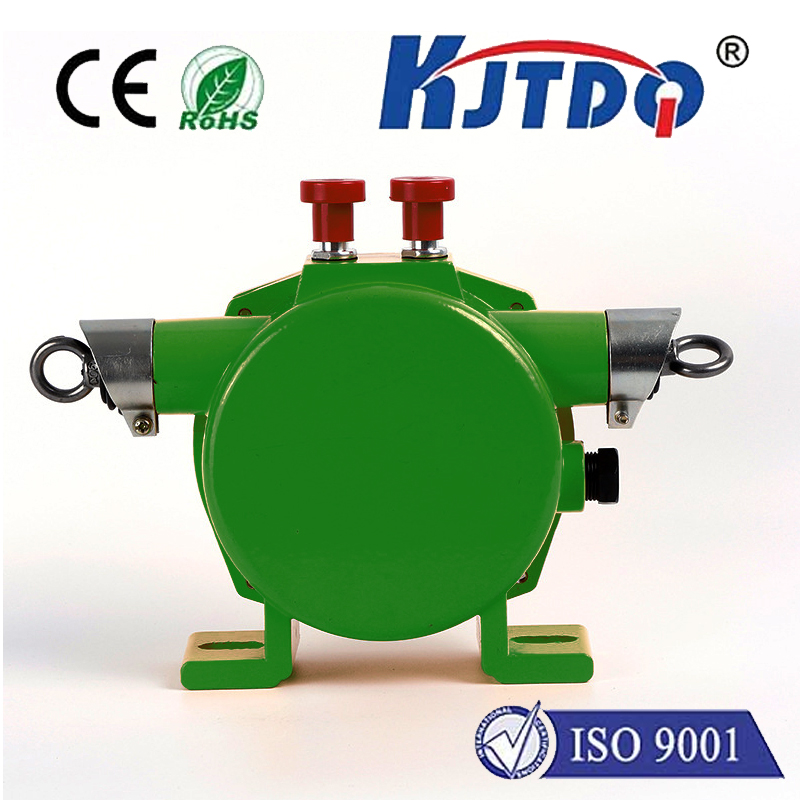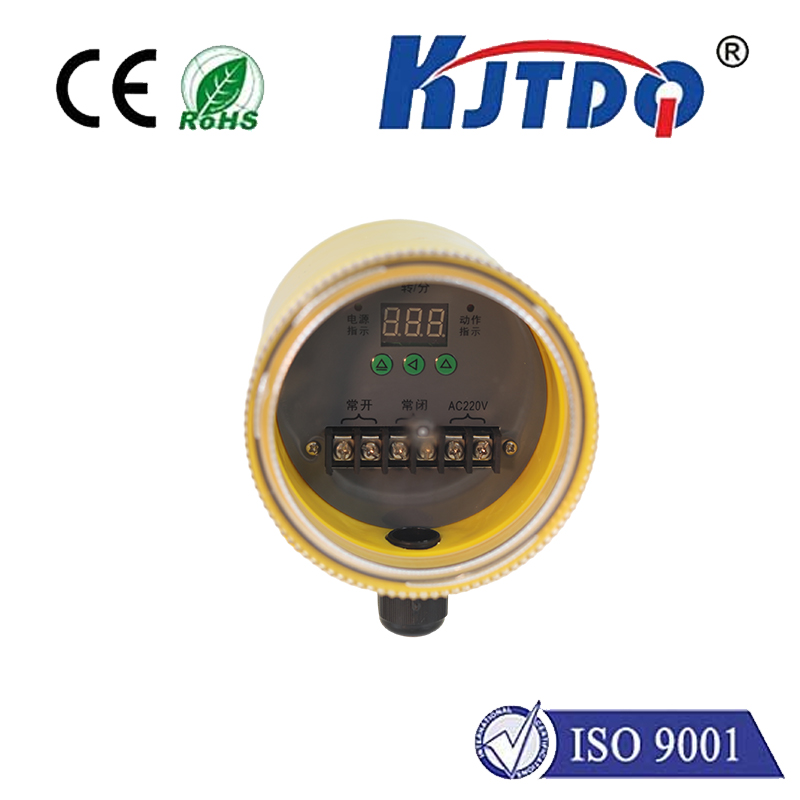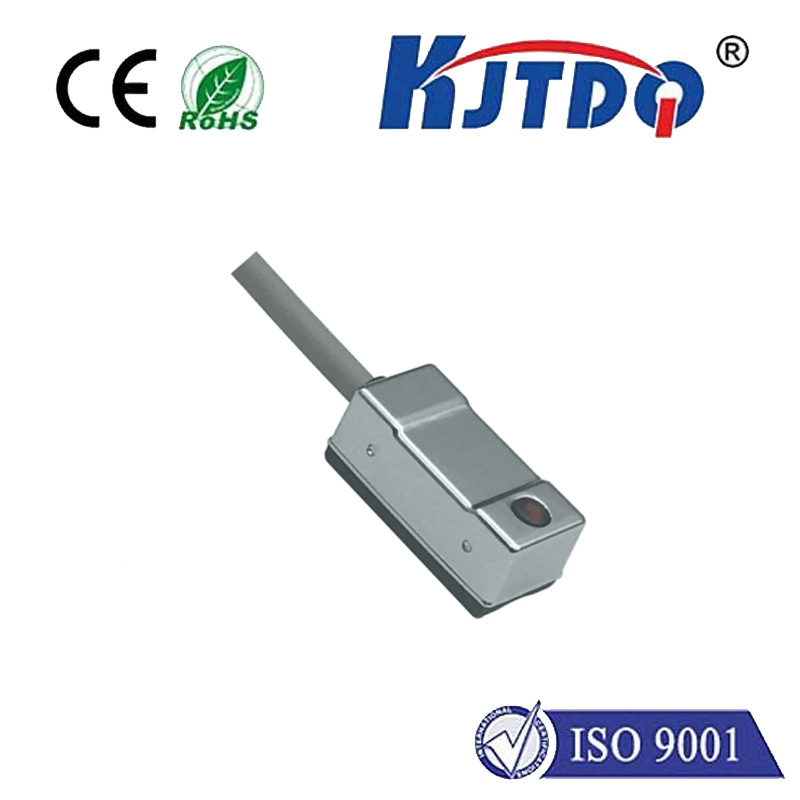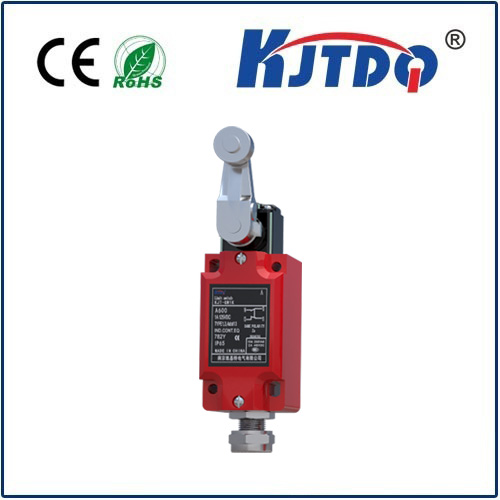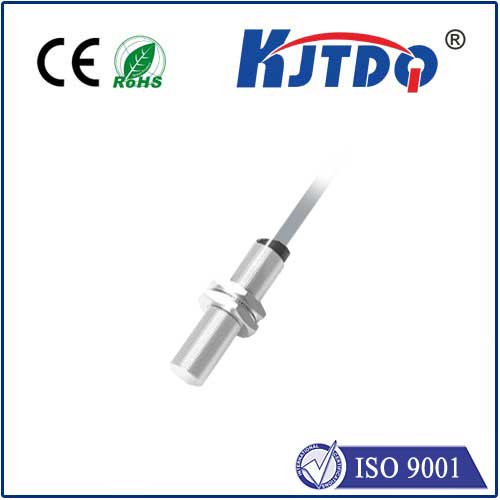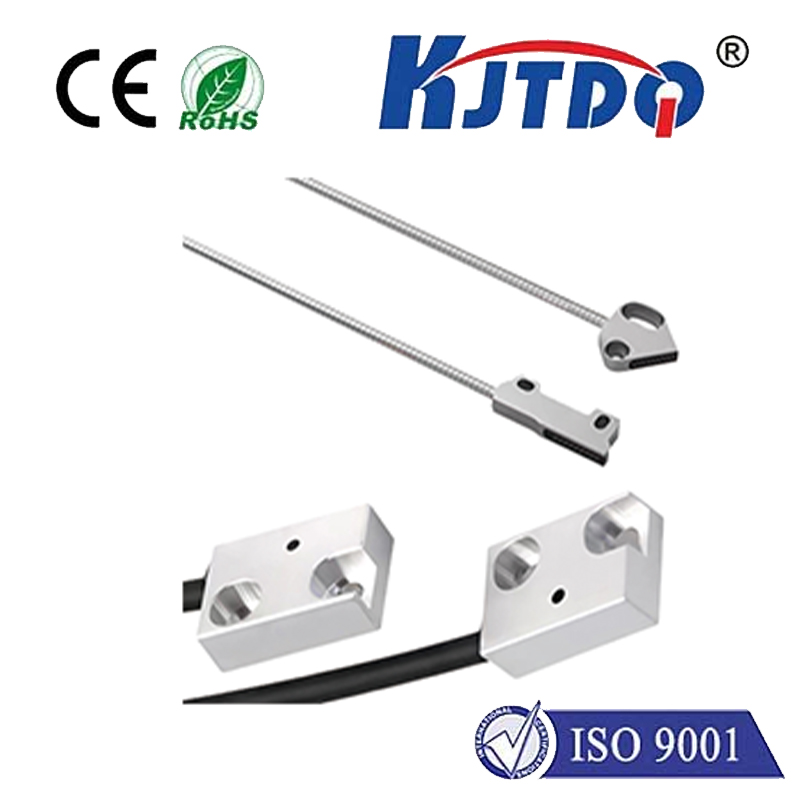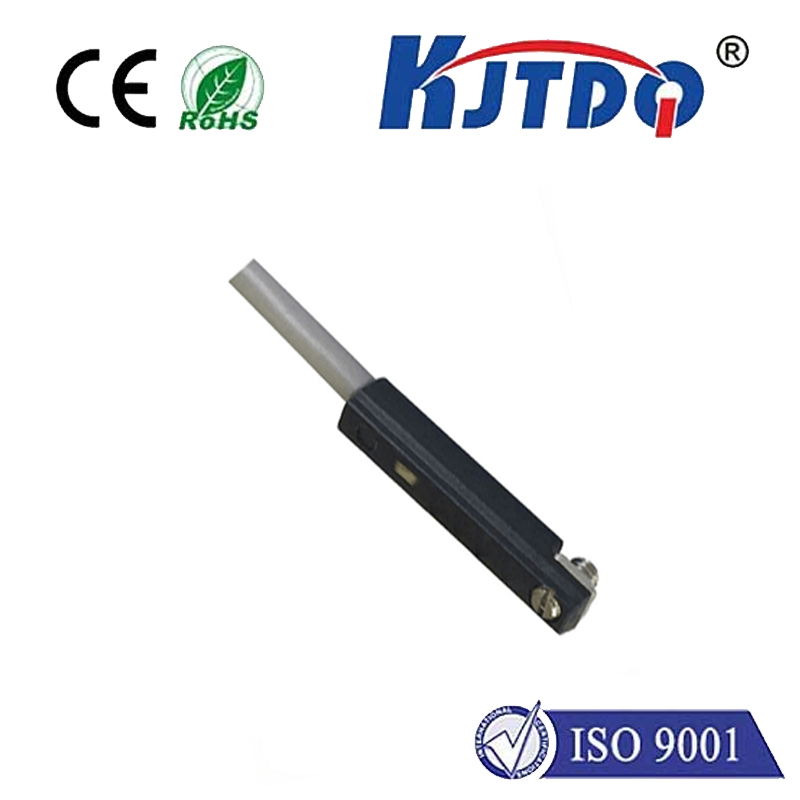photoelectric sensor gas meter
- time:2025-09-14 01:40:38
- Click:0
Photoelectric Sensors: Revolutionizing Gas Meter Accuracy and Longevity
Imagine receiving a gas bill that feels surprisingly high, suspecting your meter might be off, or worrying about the silent threat of a leak. These concerns underscore the vital need for trustworthy gas metering technology. Enter the photoelectric sensor gas meter, a sophisticated leap forward transforming how we measure gas consumption. This technology delivers unparalleled precision, robust durability, and seamless integration into modern utility networks, fundamentally enhancing reliability and management.
For decades, traditional diaphragm gas meters dominated the landscape. While generally reliable, they rely on moving mechanical parts – diaphragms, valves, and linkages – counting gas volume mechanically. This inherent design presents challenges:
- Wear and Tear: Constant mechanical motion inevitably leads to friction and degradation over time, impacting long-term accuracy.
- Accuracy Drift: As components wear, meter drift can occur, potentially leading to under- or over-billing. Sensitivity to installation orientation can also introduce errors.
- Limited Flow Range: Accuracy can suffer at very low flow rates (like pilot lights) or near maximum capacity.
- Susceptibility to Contaminants: Moisture, particulates, or impurities in the gas stream can impede moving parts, causing sticking or damage.
- Lack of Digital Intelligence: Traditional meters typically offer no inherent remote reading capability without bulky retrofit modules.
The Photoelectric Sensor Solution: Seeing is Measuring
Photoelectric sensor gas meters represent a paradigm shift by eliminating the need for gas to physically displace moving parts. Instead, they employ sophisticated optical principles to measure flow indirectly but with high precision. Here’s the core concept:

- A Turbine Rotor: Gas flows through the meter chamber, spinning a lightweight, low-inertia turbine rotor. Critically, this rotor isn’t directly coupled to a mechanical counter.
- The Optical Heart: Mounted externally or within protected sight glasses are one or more photoelectric sensors. These consist typically of an infrared Light Emitting Diode (LED) and a phototransistor (light receiver).
- Interruption Detection: Blades or reflective markers on the rotor spin precisely through the path between the LED and the phototransistor. Each time a blade passes, it interrupts the light beam reaching the receiver.
- Pulse Generation: Each interruption generates an electrical pulse. The frequency of these pulses is directly proportional to the rotational speed of the turbine, which in turn is proportional to the gas flow rate.
- Electronic Calculation: A dedicated microcontroller within the meter counts these pulses and calculates the actual gas volume consumed based on a precisely calibrated factor (K-factor) unique to that meter’s design.
Why Photoelectric Sensors Dominate in Modern Gas Metering
The adoption of photoelectric sensor technology brings a multitude of compelling advantages:
- Exceptional Accuracy & Wide Rangeability: Free from mechanical friction and inertia, these meters maintain calibration remarkably well over their lifespan. They offer high accuracy across an incredibly wide flow range (turndown ratio), reliably measuring everything from small pilot lights to maximum household demand. This provides true consumption data and fair billing.
- Enhanced Longevity & Reduced Maintenance: The elimination of complex, wearing mechanical linkages is transformative. The rotor experiences minimal friction, and the non-contact nature of the photoelectric sensor means it doesn’t physically interact with the gas stream. This translates to significantly extended operational life and drastically reduced maintenance requirements and costs.
- Superior Immunity to Contamination: While no meter is entirely immune to severe contamination, the absence of tight seals and complex moving parts makes photoelectric sensor gas meters inherently more resistant to the effects of moisture, dust, and pipeline debris compared to diaphragm meters. Blockages are far less likely.
- Inherent Digital Output & Smart Meter Readiness: The pulse output from the photoelectric sensor is fundamentally digital. This makes integration with Electronic Volume Correctors (EVCs) for temperature and pressure compensation seamless and enables direct connection to Automatic Meter Reading (AMR) or Advanced Metering Infrastructure (AMI) systems. This is the cornerstone of modern smart utility monitoring, facilitating remote reads, leak detection algorithms, and consumption insights.
- Robustness Against Environmental Factors: Designed for challenging utility environments, the sensors are typically sealed and built to withstand vibrations, temperature fluctuations, and humidity levels common in meter boxes or indoor installations.
- Improved Safety: Increased accuracy and the potential for integrated remote monitoring capabilities enhance leak detection possibilities, contributing to overall gas safety management.
Applications: Where Precision and Reliability Matter Most
Photoelectric sensor gas meters are rapidly becoming the standard for residential, commercial, and some industrial gas metering applications:
- New Residential & Commercial Installations: Favored for their accuracy, longevity, and built-in smart capabilities, they are the go-to choice for modern construction.
- Retrofitting Older Installations: Often used to replace aging diaphragm meters nearing the end of their service life, bringing enhanced accuracy and smart features without significant infrastructure changes.
- Multi-Dwelling Units (MDUs) & Apartment Complexes: Their compact size (compared to equivalent diaphragm meters), accuracy at low flows, and AMR/AMI compatibility make them ideal.
- Regulator/Meter Stations: Used for custody transfer or sub-metering where high accuracy and reliability are critical.
- Demand-Sensitive Applications: Their wide rangeability makes them perfect for applications with significant variations in flow rate.
Beyond the Photoelectric: Ultrasonic Contenders
While photoelectric dominates the turbine-based digital meter market, it’s worth noting ultrasonic gas meters as another leading solid-state technology. Ultrasonic meters measure the time difference for sound waves traveling with and against the gas flow. They share many advantages like no moving parts, wide rangeability, and digital output. The choice between photoelectric turbine and ultrasonic often comes down to specific application requirements, cost considerations, and manufacturer expertise.
The Future is Digital and Connected
The integration of photoelectric sensor technology into gas meters signifies a crucial step in the evolution of utility infrastructure. By providing highly accurate, long-lasting, and digitally native measurement, these devices form the foundation for efficient resource management, fair billing, enhanced safety monitoring, and the development of intelligent energy networks. As the demand for smart utility monitoring and data-driven insights grows, the role of reliable sensor technologies like photoelectric detection in gas metering becomes ever more indispensable. They are quietly ensuring our gas consumption is measured fairly and our systems operate safely well into the future.






